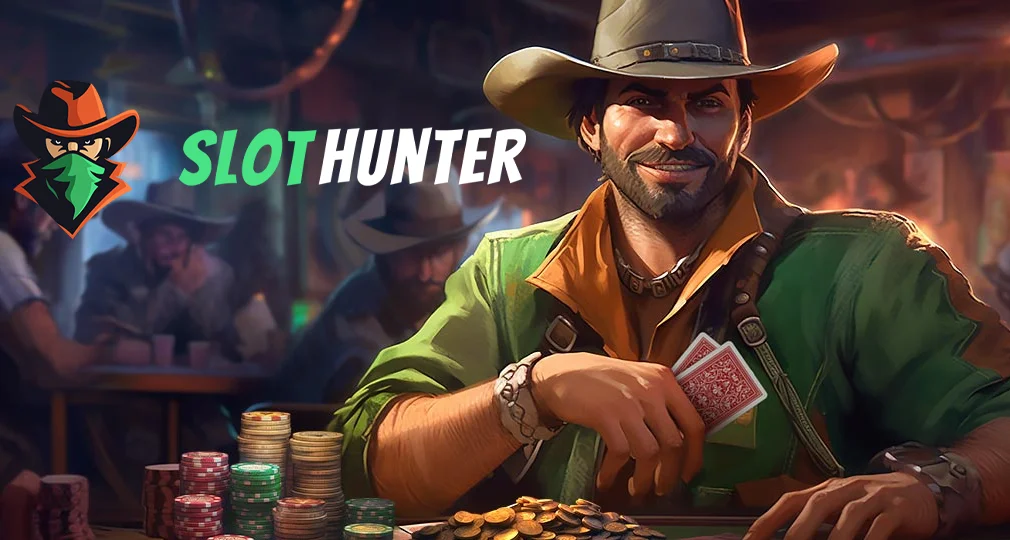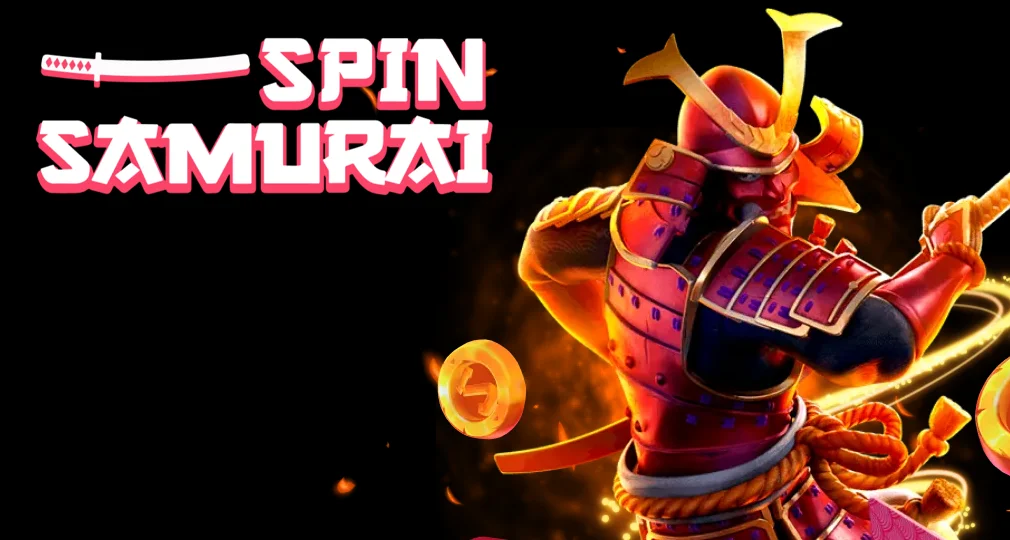As the version of Texas Hold’em, short-deck poker is almost equivalent to this popular game. However, it has several significant differences. This type of poker seems to be quite “young” but some players already enjoy it. Maybe, after reading our tips, you will become a player of the year?
In this article, we will provide full information about the game and its rules. You will also find out the most popular strategies, together with useful pieces of advice, and will get the necessary knowledge to start playing short-deck poker. Even if you are a beginner, this article will provide essential knowledge to you!
What is short-deck poker: an explanation of the game
First of all, it’s necessary to introduce the game description. Short-deck poker is a slightly remade version of a classic Texas Hold’em. The game started its way in Asia and began to spread out to other countries throughout the world. To describe the game, we should also mention that short-deck poker is the game in which high stakes can be used. If to consider poker, short-deck is the one with the fewer number of cards utilized by players.
Short-deck poker became the topic of interest of many card players nowadays. It’s the reason why the game has unexpectedly appeared in many land-based casinos and has been even included as a part of some poker matches within events. Such famous poker enthusiasts as Tom Dwan and Phil Ivey were among the first people who started to play the game professionally. They got familiar with it five years ago in Macau.
Players often call the game a six-plus poker. Why? The answer is easy: the lowest card used in the deck is six. Other low cards are taken away and the deck becomes short. So, a short-deck game usually keeps players on the edge of their sit because they play with big pairs and high cards. Players get more opportunities for forming more successful hands. And many of them can lead to full house, for instance. According to Phil Ivey, this game has a sense of gambling because the chances you win are 50:50.
Short-deck poker rules: how to play this exciting game
Now we will go on with the most interesting part – the rules. If you are somewhat experienced in poker, it won’t be so hard for you to understand them. However, if you are a new-comer, you will need to rack your brains to succeed in it.
Every player gets 2 cards, the number of cards totaling 36, not 52. The game starts when participants make their hands using one or two cards and five cards from the river, flop, turn. As it’s mentioned above, the game outcome can vary because the rules sets can be different.
It’s necessary to remember these short-deck poker hand rankings:
- Royal flush;
- four of a kind;
- three of a kind;
- Flush;
- Straight flush;
- Full house;
- Straight;
- one pair;
- two pairs;
- High card;
Let’s consider each of them in more detail. Royal flush means cards ranked high with the ace. Four of a kind – four gaming cards which have one value; three of a kind is the same but with 3 cards. Flush is five cards with equal card suit. The straight flush suggests five cards with a successive rank of one card suit. Full house – three cards with the same rank and two more cards of one rank. Straight’s definition is the following: 5 cards of a successive value but with different suits. 1 pair – 2 cards with one value, 2 pairs – 2 cards with one value and another 2 cards with another value. A high card means the hand which has the highest possible wins.
It’s an interesting fact that in short-deck poker no blinds are required. It can be quite unusual for those people who have ever played classical Texas Hold’em. Unlike the game’s older brother, in short-deck, every participant can make a single ante. The participant who is on the button makes 2 antes.
Common antes are gathered into one main pot before cards dealing. The additional ante, in its turn, stays near the dealer in order to begin the process of betting. Each game participant has his or her cards down-faced. So, the first round opens. Community cards are shared a little bit later. In this way, the game absolutely follows Texas Hold’em rules.
If antes became the hardiest thing to understand, then read the following information. Let’s say ante is evaluated at 2$ and the additional button ante is worthy $2. It allows short-deck players to call $2 and to make a preflop bet raise to $4. As for the post-flop, its lowest bet can be $1.
Short-deck poker odds and probabilities are also essential to know. As for the flop odd bets, for instance, the possibility to get a pair from hole cards is approximately 10%. The possibility of set flopping usually equals to 18%. The probability of flush is 5% less than in a classic game.
Short-deck is the same as Texas Hold’em game when we speak about streets’ betting rounds: the flop meaning the first three cards shared by all players, the turn – the community card number, and the river – a closing community card.
What is a player’s hand? It has the most winning stack of five cards, made up of community and hole cards. Take note that the game players also have a chance to buy the game entry (from 50 to 300 antes). Here bets can start with 2c antes and increase up to the highest features.
Speaking about distinctions between the two games, it’s worth mentioning about the pot size. The sums of money in short-deck pots are bigger than in Texas Hold’em. Bigger size is caused by preflop antes.
Short-deck poker strategy: tips for new-comers
There are several major tips in the game that are commonly applied by experienced players. The first one is called “three and six”. What does it suggest? A player should calculate probabilities for his or her getting a hand with the turn. To do this, the gambler needs to multiply outs by three while he or she is dealt first cards. To calculate hand chances during the flop or turn, it’s necessary to multiply outs by six.
Another tip – to remember that low pocket card pairs aren’t good as hands. Of course, a player wants to get the flops with low pairs. But a player should be very attentive to it, even when he or she has got a set. Also, such hands as 9T, 89, TJ, QJ are thought to be strong sets to begin with. One more tip is to be more cautious with pairs which aren’t always strong during later streets. If you have a top pair during the river, it won’t mean that you have a winning hand. And the concluding piece of advice: if you have a full house or straight allowing flush, think twice before you stake everything if you plan to raise during the river.
When a player tries to understand short-deck poker odds, a calculator will come in handy to help with these mathematical calculations. It is available on many websites, so, you can easily count the necessary results. You can also download the calculator app on your smartphone. It’s a useful tool, especially for short-deck game beginners who can’t quickly predict possible outcomes.
How to play short-deck poker online
Like any other widespread casino game, you can play short-deck poker not only in real casino rooms but online as well. Playing the game on the Internet will help a beginner to learn rules and the game etiquette, and practice them without spending money. One can find lots of websites that provide this exciting option.
Practicing short-deck poker online is a good experience for those who want to show their best while playing it in land-based casinos in the future. The most important reason is that a player can apply learned strategies and see which one is the most effective. And even moreover, he or she will try playing with various types of competitors – stronger and weaker.
Short-deck poker is as interesting (and maybe even more interesting) as its time-honored fellow – Texas Hold’em. More and more players enjoy playing the game because it’s really exciting.
Read more: Best US Online Casinos













